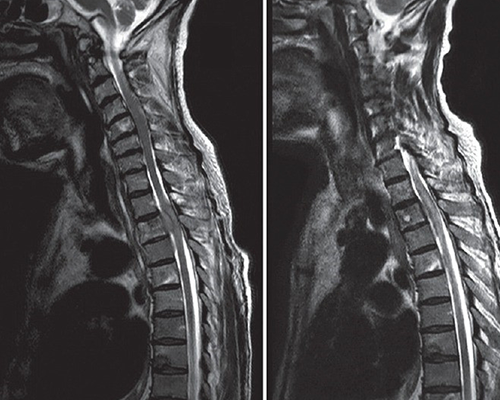What is a Brain MRI?
A Brain MRI can help doctors look for conditions such as bleeding, swelling, problems with the way the brain developed, tumors, infections, inflammation, damage from an injury or a stroke, or problems with the blood vessels. The MRI also can help doctors look for causes of headaches or seizures.
A brain MRI (magnetic resonance imaging) scan, also called a head MRI, is a painless procedure that produces very clear images of the structures inside of your head — mainly, your brain. MRI uses a large magnet, radio waves and a computer to produce these detailed images. It doesn’t use radiation.
Currently, MRI is the most sensitive imaging test of your head (particularly, your brain), as compared to other imaging techniques, such as CT (computed tomography) scans or X-rays.

What does a brain MRI show?
A brain or head MRI shows the structures inside of your head, including:
- Your brain.
- Blood vessels that connect to your brain.
- Your skull and facial bones.
- Structures in your inner ear.
- Your eyes and their supporting tissues, such as your optic nerves.
- Other nerves (large nerves in your head, called cranial nerves).
- Surrounding soft tissues and skull-based structures, such as fat, bones, muscle and connective tissue.
More specifically, a brain or head MRI can show if there are any abnormalities in your brain or the surrounding tissues, including, but not limited to:
- Inflammation and swelling.
- Structural issues.
- Abnormal growths or masses.
- Fluid leaks.
- Hemorrhage (bleeding inside your brain).
- White matter disease.
